A number of today’s health problems can be traced to a poor diet. With so much processed food on supermarket shelves, it’s becoming all the more important to influence dietary choices from a young age. According to The Jamie Oliver Group campaign, 20% of UK children leave primary school with obesity.
A school garden is a great way to get kids involved in growing their own food and appreciating the beauty and value of fresh, healthy vegetables. Children will learn where they come from, the science behind how they grow and indeed how delicious veggies can be!
And we all know a parent’s ongoing battle is to persuade their children to try new, healthy foods. Growing vegetables with children is a brilliant way to help them sample the delicious taste of fresh produce. Children are far more likely to eat fruits and veggies they’ve grown themselves. There’s nothing quite like the taste of a homegrown tomato or runner bean!

How Do I Plant A School Vegetable Garden?
School gardens offer young children the chance to get involved in growing food, which is a skill that can continue to grow throughout their lives. They are also an excellent teaching resource, with plenty of opportunities to link to the school curriculum. Not to mention a wonderful excuse to get them outside in the fresh air, soaking up some vitamin D.
Whether you have a large green garden, a patio area or a few window sills and pots, all you need is a sunny spot, somewhere to contain soil and some enthusiastic little helpers! We’re here to give you a few pointers on how to plant a school garden.
Starting Small
Bringing your vision for a school garden to life may seem like a daunting task. But it’s important to start small.
1. Containers and larger planters
Containers and planters are very manageable and you can grow just about anything in them. Containers allow you to create an almost immediate impact, anywhere at a minimal cost.
2. Raised beds
These are another excellent option because they clearly delineate the growing areas, making it less likely that precious seedlings will be accidentally trampled. Place them directly onto soil or first lay down a membrane if you’re growing on contaminated soil or a hard surface such as concrete.
Fill the beds with nutrient-rich potting soil and compost. Beds shouldn’t be any wider than 3 feet - this will help the children to easily reach the middle from the sides.
3. Woodchips
We recommend laying wood chips along the paths in between your beds as they provide a relatively clean, soft surface.
Designing Your School Garden
This is the fun part and a lovely way to get the classroom’s creative juices flowing. If your garden is going to be a little more than a few raised beds, get the kids involved in the design process. Show them some examples of vegetable garden designs. One of your children might even have a photo of a family allotment plot to show the class.
Ask the children to make sketches of what their ideal vegetable garden would look like. Or put together a mood board of what they’d like to see. Perhaps they could make a collage out of magazine cut-outs or colour in some printable templates.
It’s definitely worth considering what other accessories you might be able to add to the garden at this point. A bird table? A bug hotel? A little pond? The possibilities are endless.
What To Grow In The School Garden?
It’s important to choose plants that are robust, easy to grow and ready to harvest during term time. We’ve got a few suggestions to get you started.
1. Runner beans, climbing French beans or dwarf beans
Beans can be grown in pots, are fast growers and don’t mind the changeable British weather. Children love sowing the fat seeds and setting up supports for them to climb up. Choose either bamboo poles or a little trellis and watch your children’s faces as they notice the plants climbing a little higher each day. Picking the pods and popping them open is always such a joy!
2. Potatoes
You don’t have to have a large veg garden to grow potatoes - they can be grown in grow sacks or even a bucket. Place your seed potato in the soil and wait until you see the sprouts starting to appear at the surface. Add another layer of soil on top to cover them up and you’ll eventually have a potato plant ready to be planted. Children love the hands-on process of unearthing the potatoes once the plant withers and dies back.
3. Winter squash and pumpkin
These can be planted out at the end of the spring and will be nearing maturity when the children return from their summer holidays. You could even co-ordinate with your school kitchen to make a lovely squash soup or run a pumpkin carving competition. Although it might be an idea to send the pumpkins home for supervised carving!
4. Tomatoes
Tomatoes can be grown in so many different ways. Grow bags, pots or in the ground. They just need a sheltered, sunny spot. You can start them from seed indoors or buy them as young plants and grow them in a greenhouse, in pots, or in the ground. They need a little more care - regular watering, feeding and protection from frost - but it’s would be a great project for older children.
With an incredible smell and a sweet, fresh taste, it’s no wonder tomatoes are one of the most popular crops to grow. And a perfect break-time snack!
5. Sunflowers
Impressive, colourful, and with a fast germination rate - there’s a lot to love about growing sunflowers. You can grow them in the ground or in little pots, depending on the space you have. They’re not fussy about the soil they grow in, but they do need full sun and don’t like waterlogged soil.
The seeds can be taken home to roast or used as bird feed during the autumn/ winter months (another wholesome activity for your school).
You can also turn the growing process into a competition and incorporate it into your Maths curriculum - learning about measuring, comparing and ordering heights, and working out average growing rates. View our sunflower range to see just how many varieties you can grow.
So there you have it - a few pointers to get you started in your quest to plant a school garden. Growing fruits, vegetables and other plants is such an empowering, educational activity that brings a huge amount of satisfaction and reward. Even a failed crop is a lesson in itself! Let us know in the comments if you’ve created a school garden and what your top tips are.

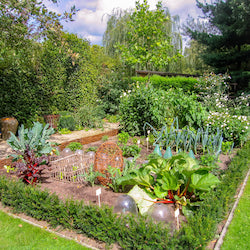
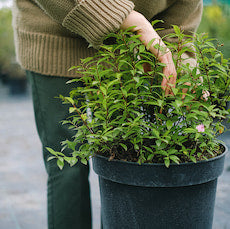
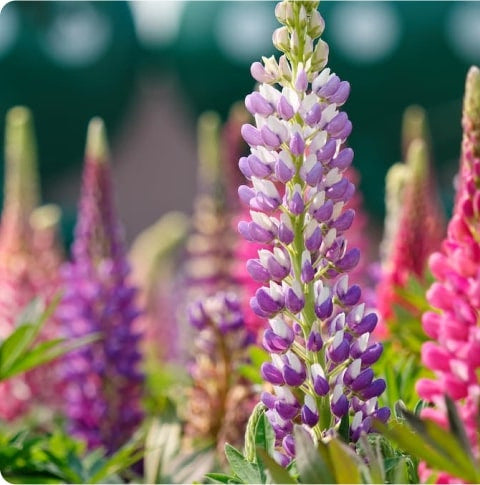


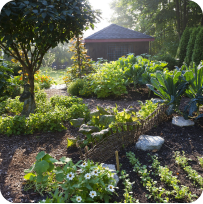





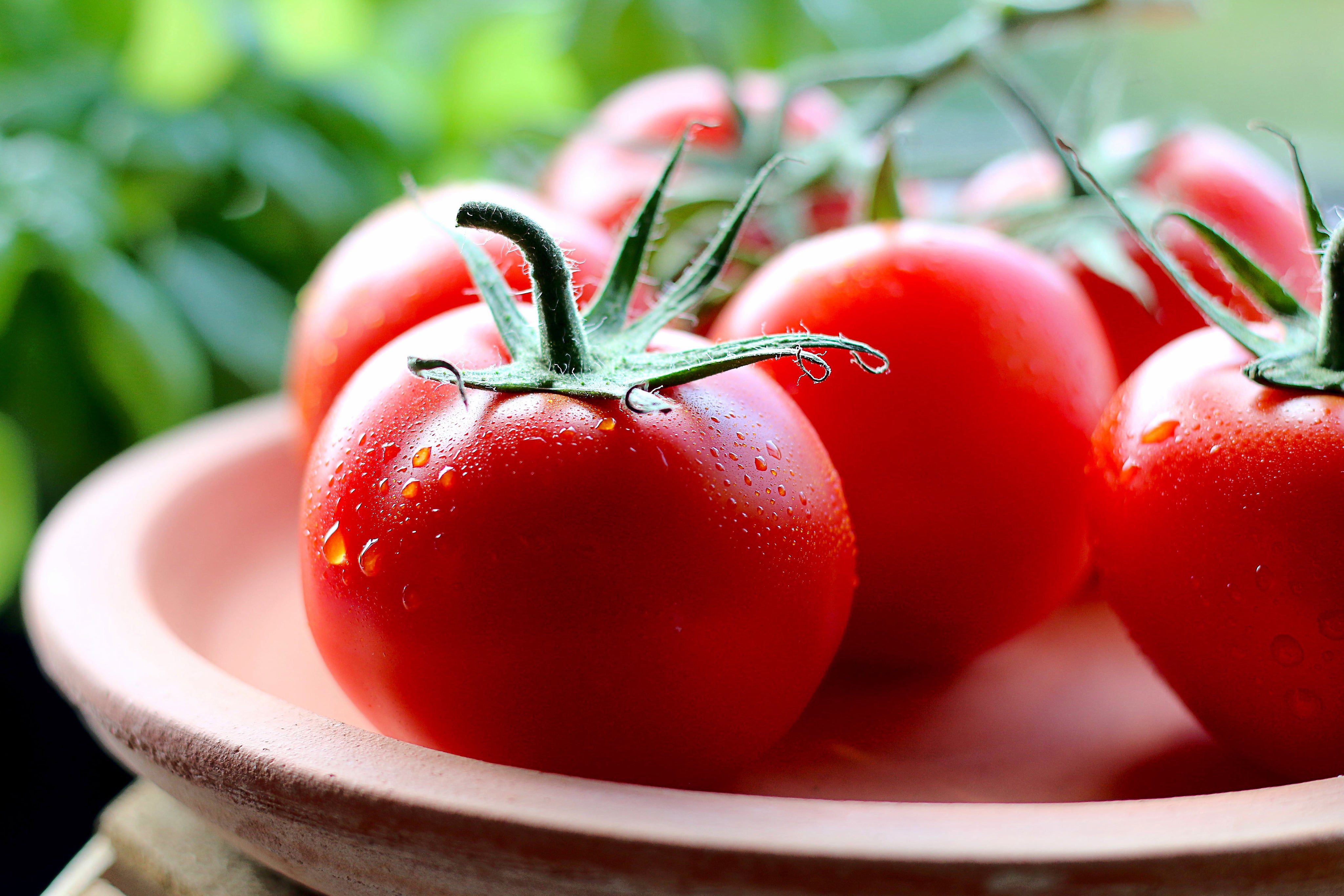

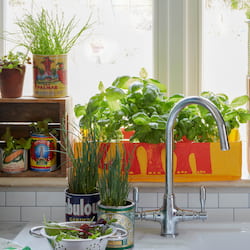
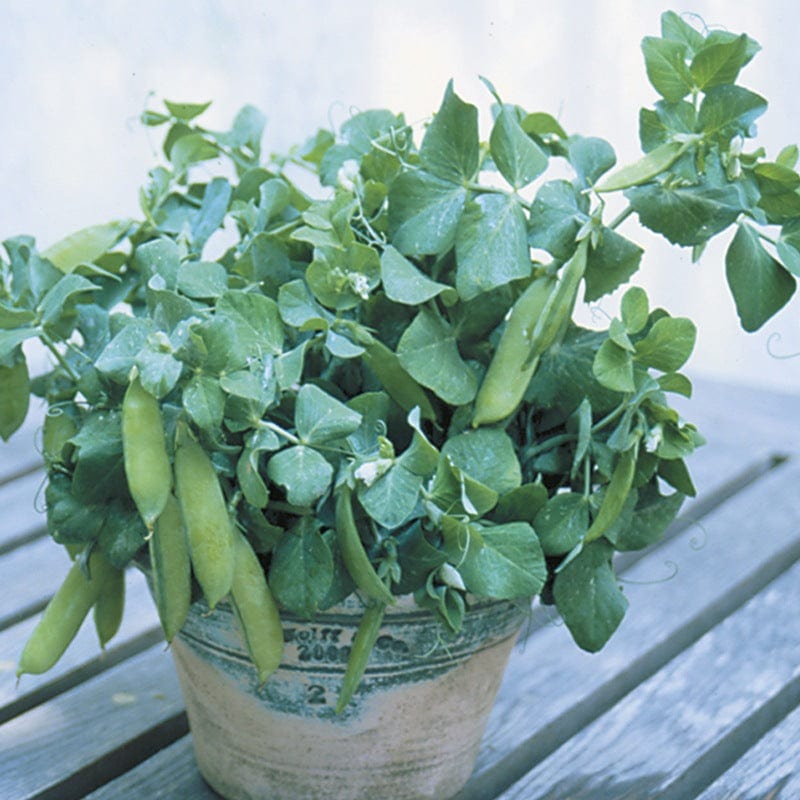


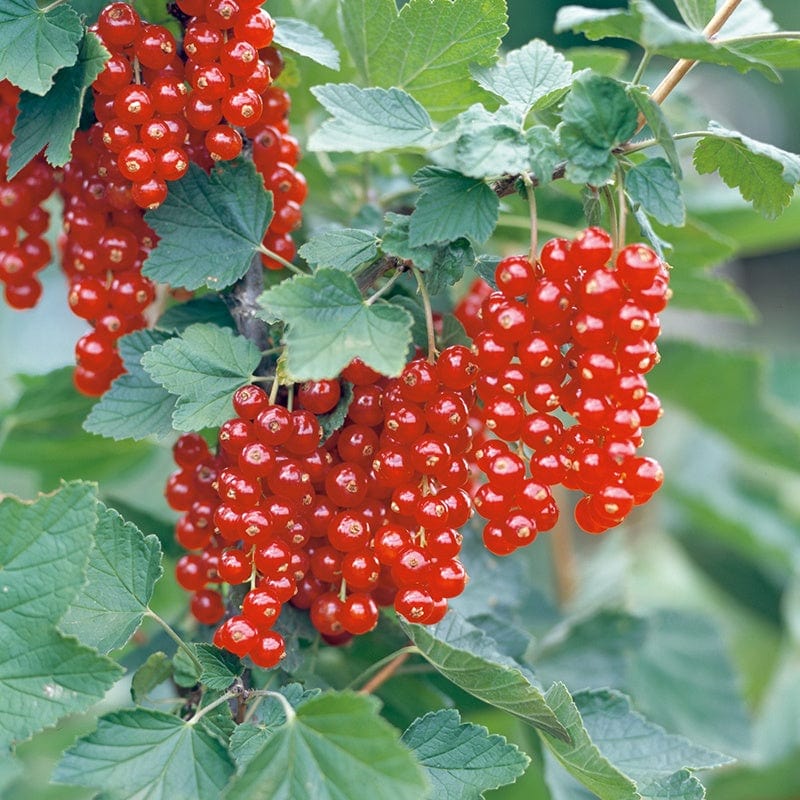
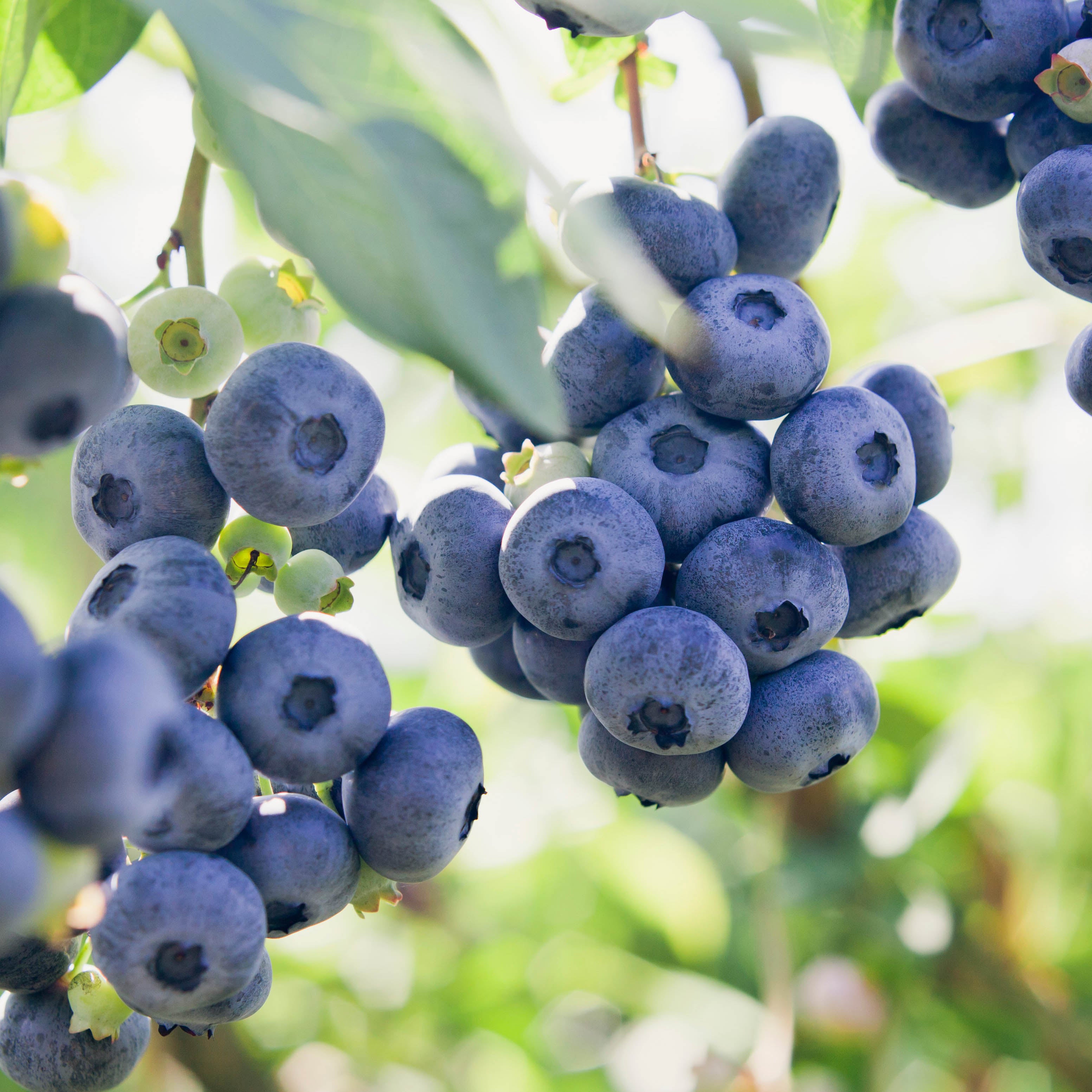


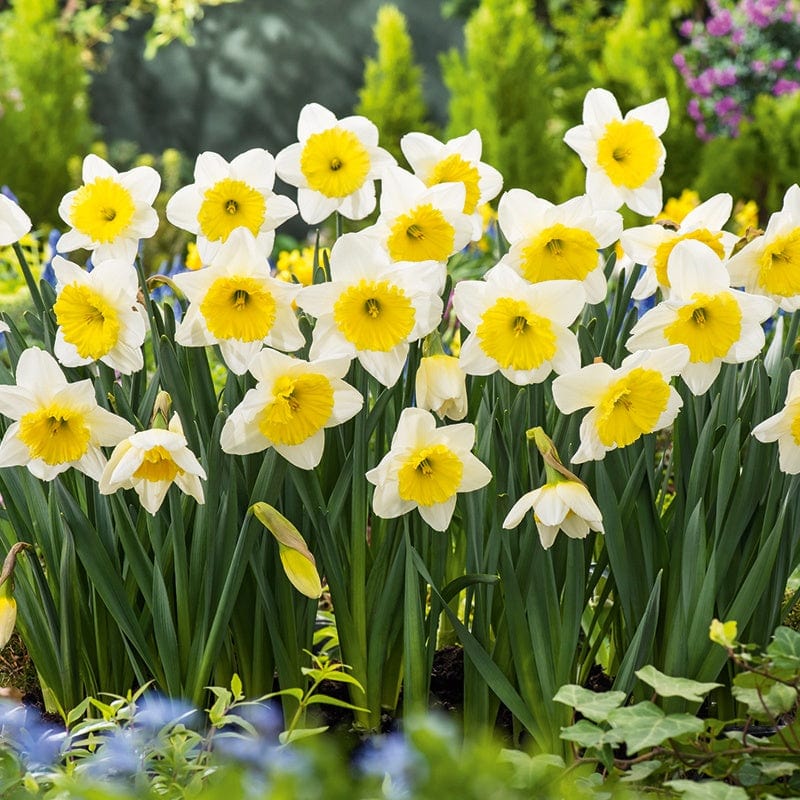
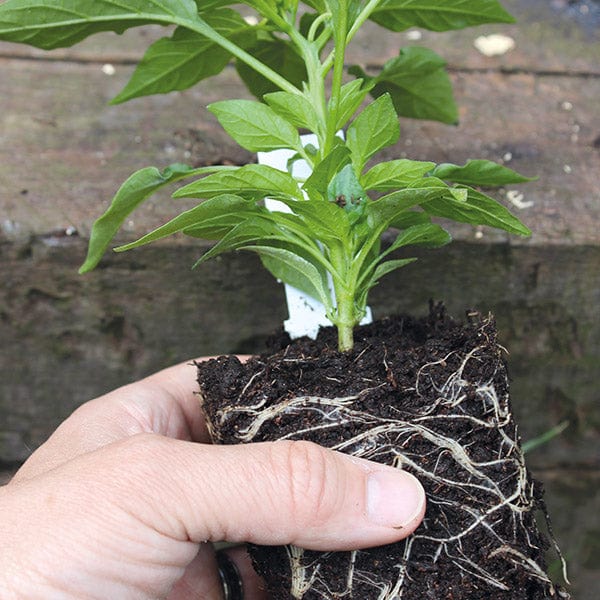

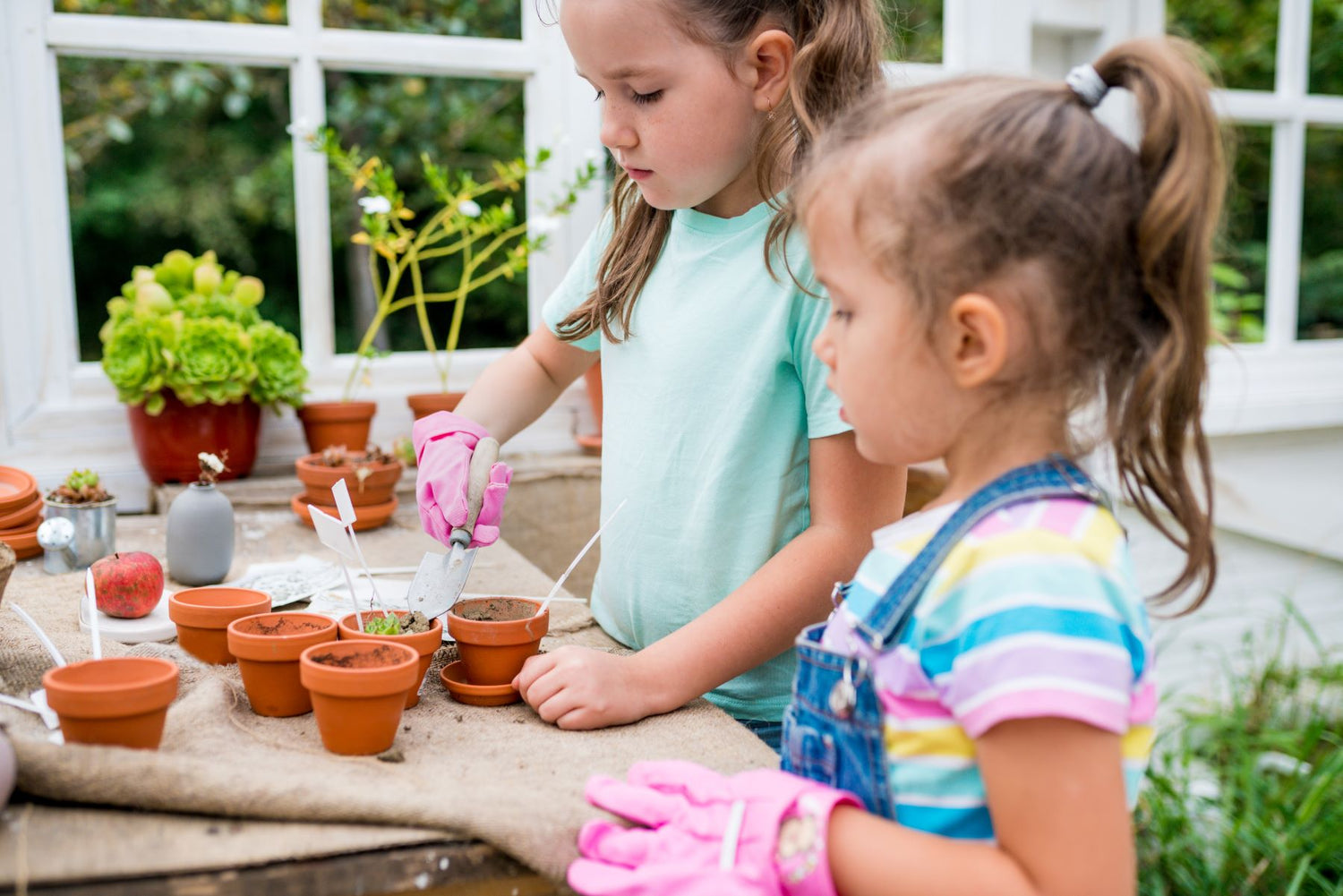

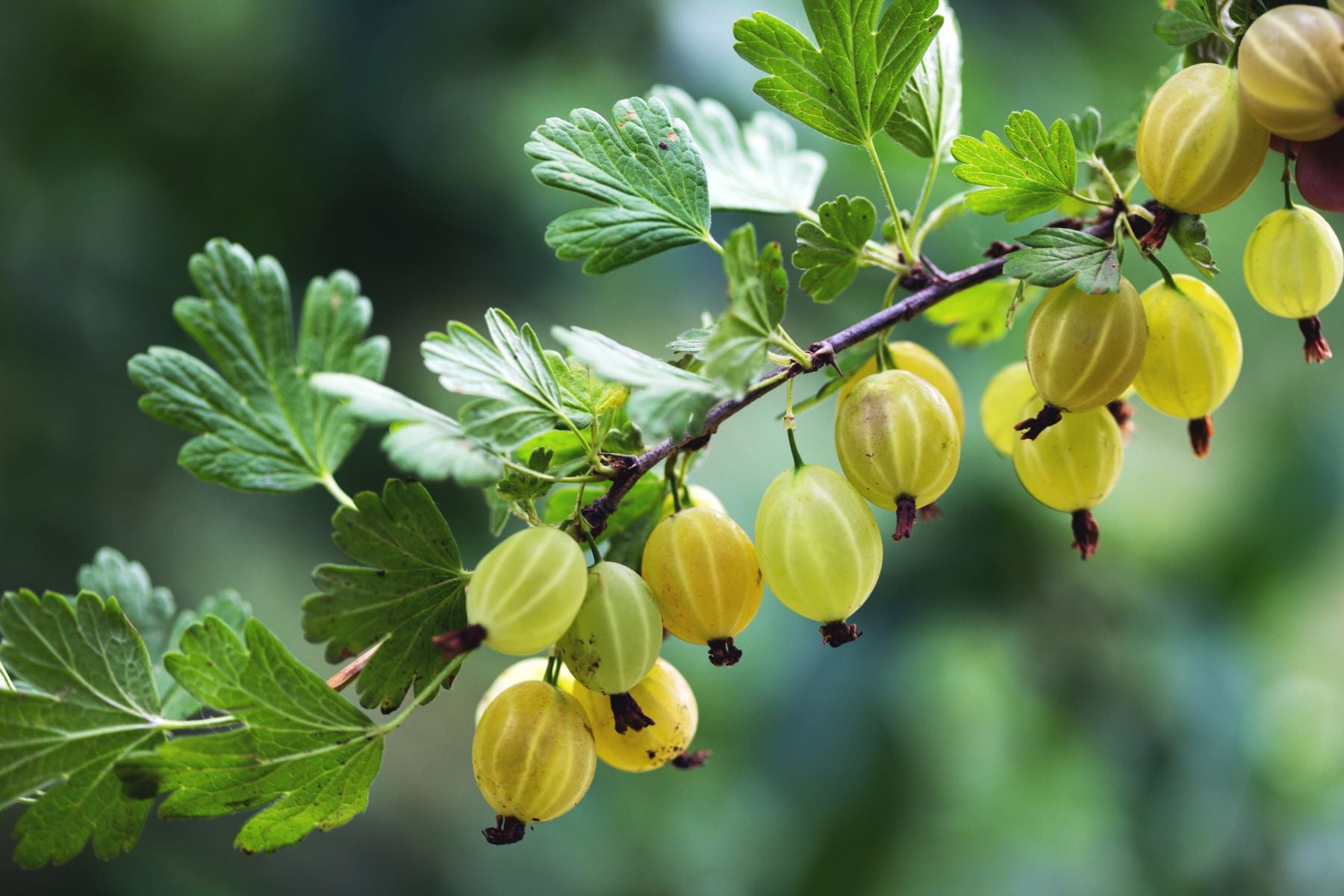
Leave a comment
All comments are moderated before being published.
This site is protected by reCAPTCHA and the Google Privacy Policy and Terms of Service apply.